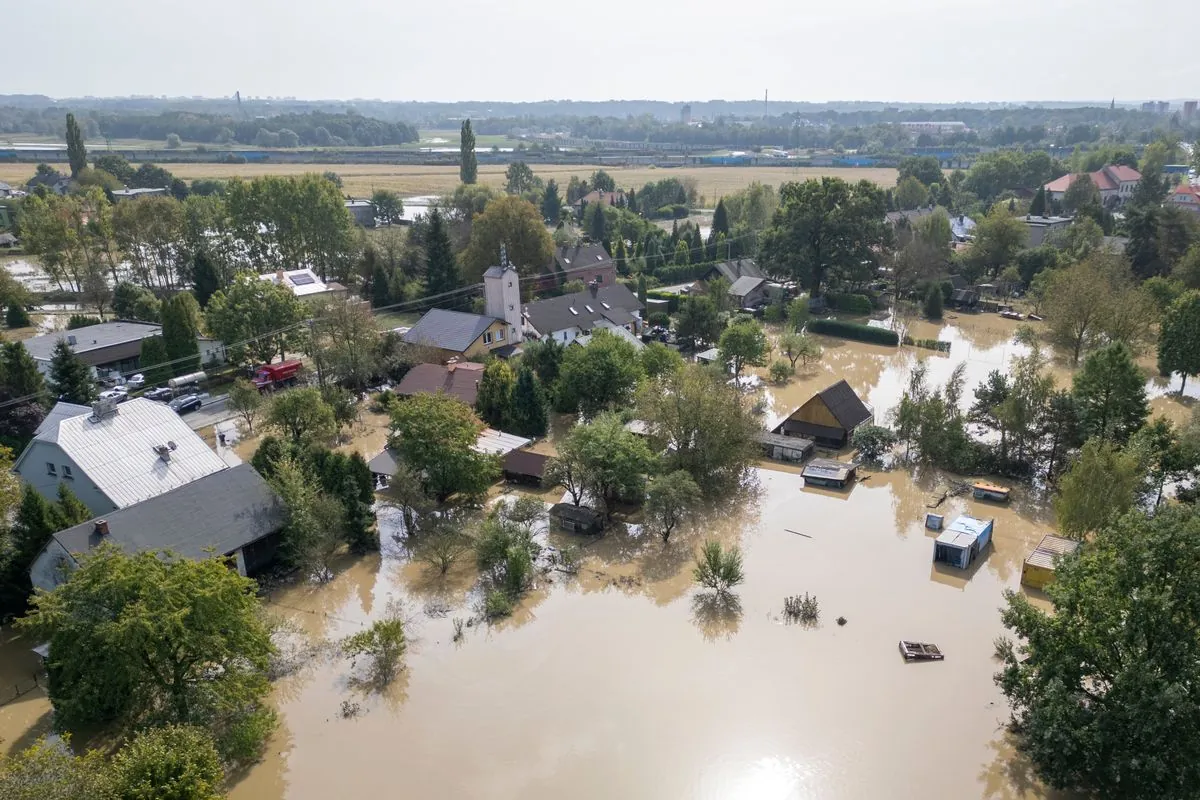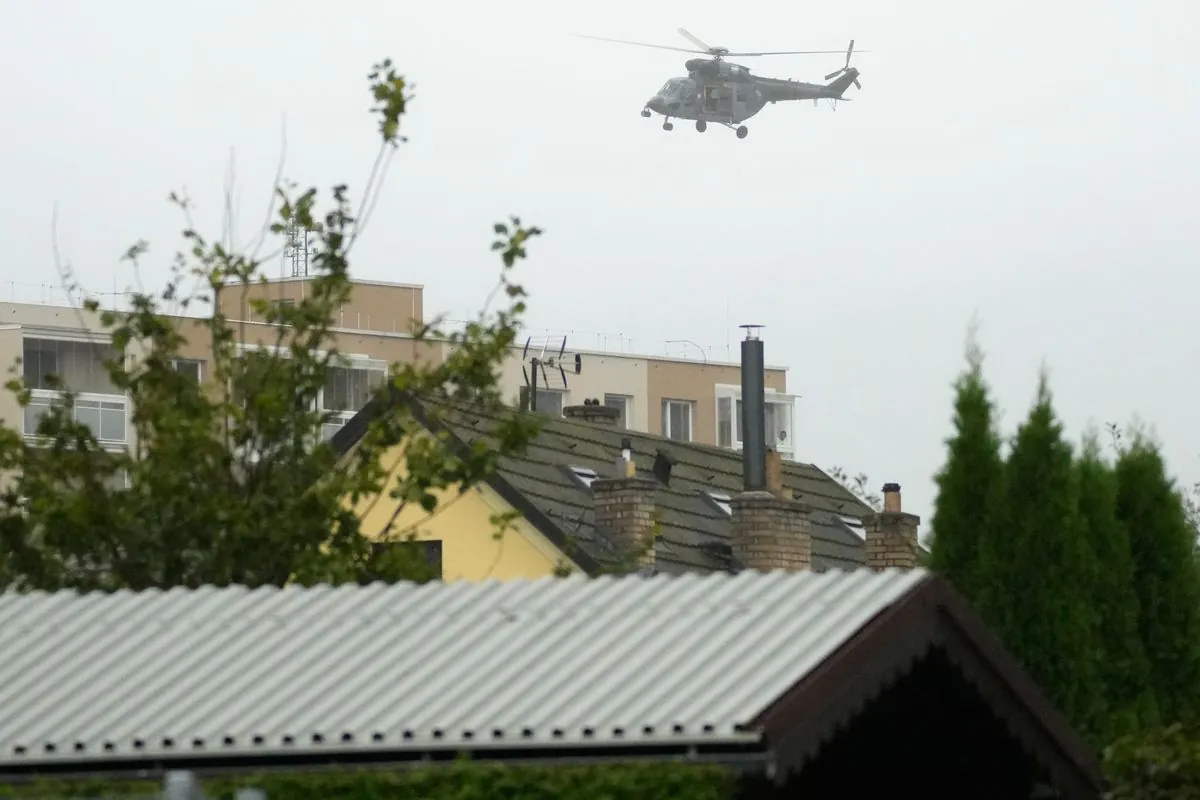Polish Military Pilots Pivot from Combat to Flood Relief in Central Europe
Polish army helicopter pilots are applying combat skills to flood relief efforts in Central Europe. Their missions include reinforcing flood defenses, assessing damage, and delivering supplies to affected areas.

In a remarkable display of versatility, Polish military aviators are currently engaged in flood relief operations across Central Europe, demonstrating how combat readiness translates into effective disaster response. This effort comes as part of Poland's long-standing commitment to flood management, which has been a recurring challenge since the 13th century.
Lieutenant Colonel Piotr Ciechan, commander of the special operations air unit, highlighted the parallels between military training and flood relief operations. He stated, "We are trained in rescue flights, landing flights, and transporting heavy loads... in this case those skills are being used." This adaptability showcases the Polish Armed Forces' capability to respond to various national emergencies, a trait developed through their involvement in numerous humanitarian and disaster relief operations both domestically and internationally since joining NATO in 1999.
The helicopters, including the Russian-made MI-17, are performing crucial tasks such as reinforcing flood defenses with sandbags, conducting damage assessment flights, and delivering essential supplies to affected areas. These operations significantly improve response times and access to remote locations, a critical factor in effective disaster management.

For Slawomir Kalita, an MI-17 helicopter pilot, the flood relief mission holds equal importance to combat operations. He expressed, "I am here to serve my country and serve my people and whether it is to help with the flood embankment or whether it is protecting my country, fighting in the international missions, for me, the emotions are very similar." This sentiment reflects the Polish military's commitment to national service in all its forms.
The current flood situation in Central Europe underscores the increasing challenges posed by climate change, which is expected to escalate the frequency and severity of such events in the region. In response, Poland has invested significantly in flood prevention infrastructure since the catastrophic Oder River flood of 1997, including the development of over 8,500 km of flood protection structures.
As the Polish Armed Forces continue to adapt their combat skills to disaster relief, their efforts contribute to a broader strategy of national resilience. The integration of military capabilities with civilian emergency services exemplifies a comprehensive approach to disaster management, one that may serve as a model for other nations facing similar environmental challenges.
"We are trained in rescue flights, landing flights, and transporting heavy loads... in this case those skills are being used."
This collaborative approach, combining military precision with humanitarian necessity, not only aids in immediate flood relief but also strengthens Poland's overall disaster preparedness. As climate-related challenges continue to evolve, the adaptability and dedication of Poland's military personnel stand as a testament to the nation's resilience in the face of natural disasters.


































